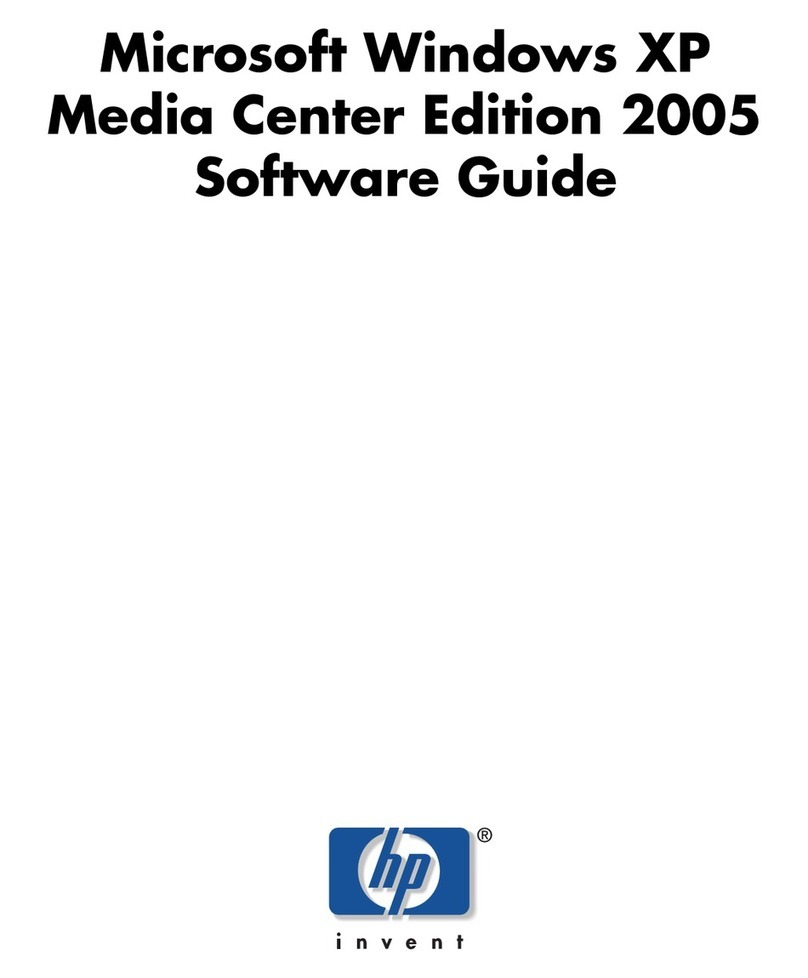HP T5720 - Compaq Thin Client Instruction Manual
Other HP Software manuals
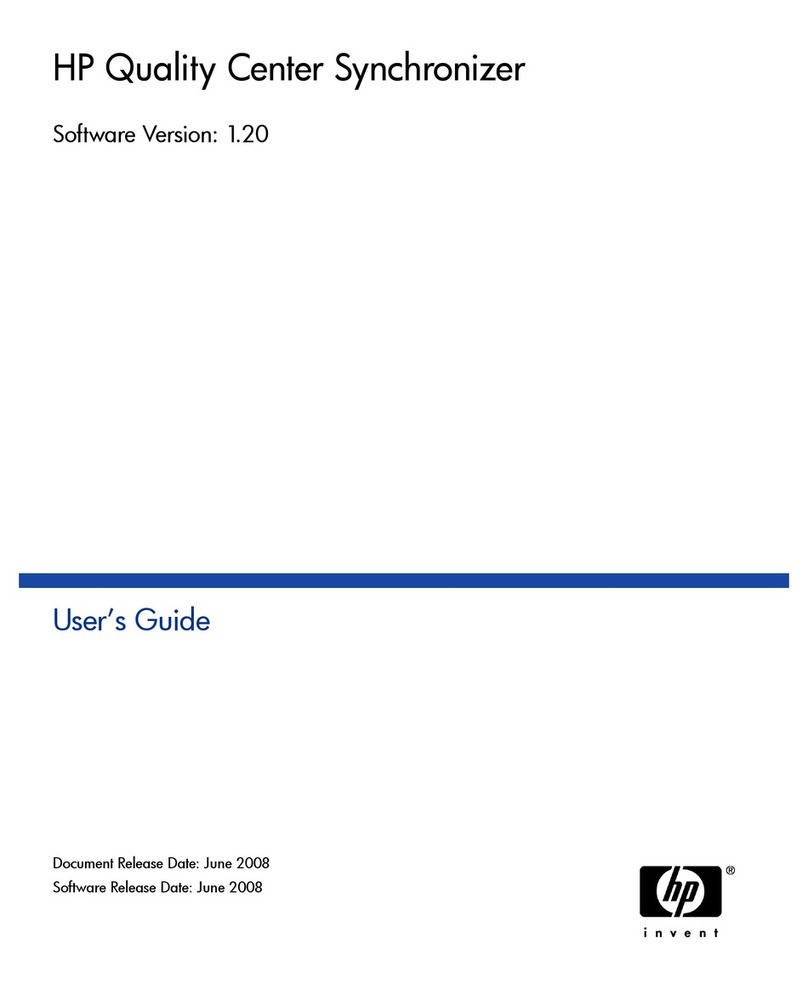
HP
HP Quality Center Synchronizer 1.2 User manual

HP
HP ProBook 4325s - Notebook PC User manual

HP
HP Compaq dc7900 Business PC User manual
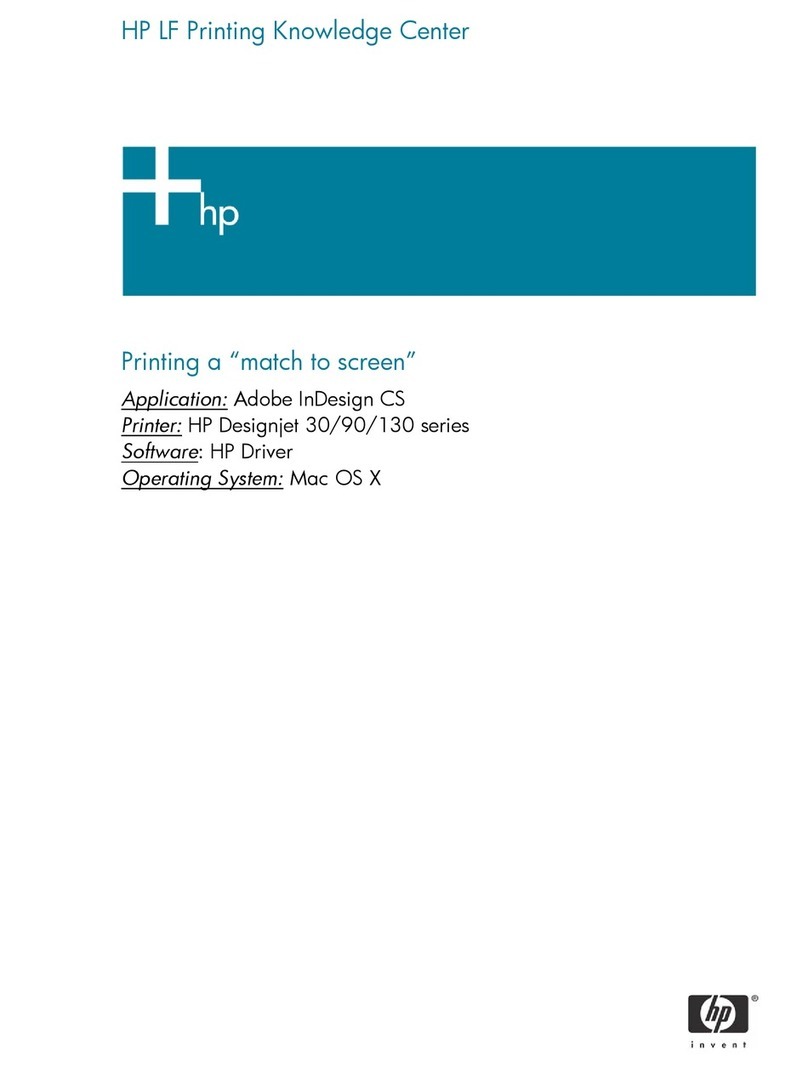
HP
HP C7791C - DesignJet 130 Color Inkjet Printer Configuration guide
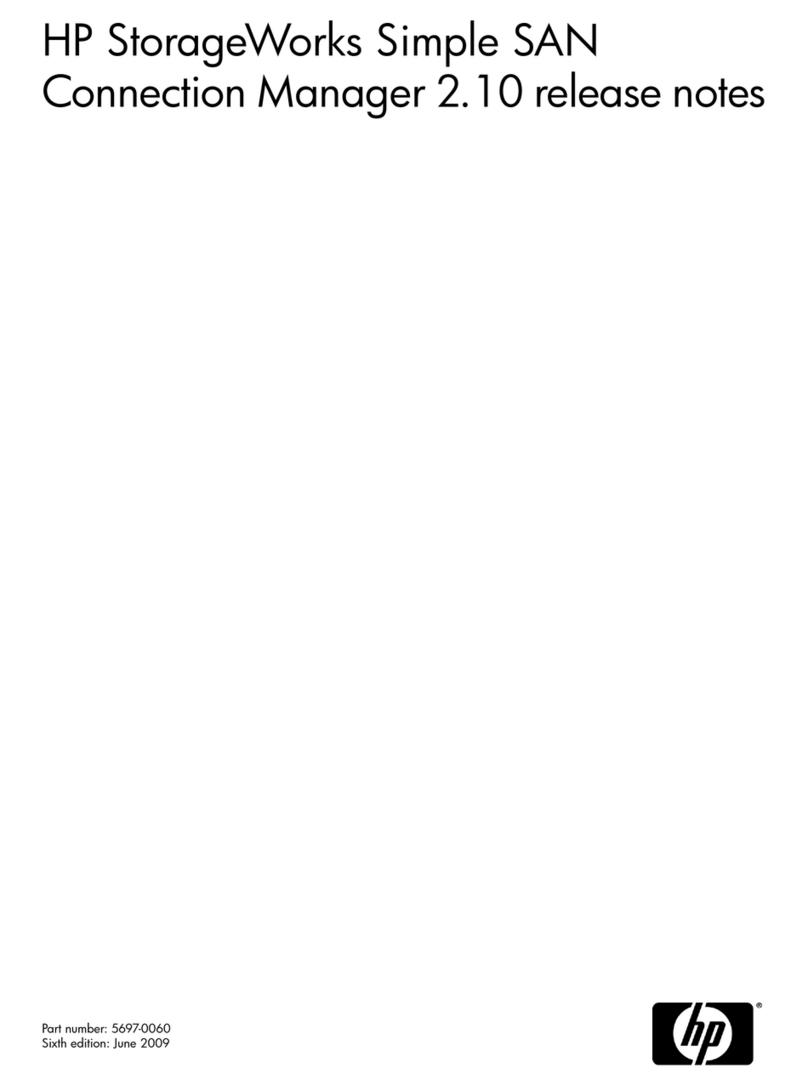
HP
HP 201723-B21 - HP StorageWorks Modular SAN Array 1000 Hard... Instruction Manual
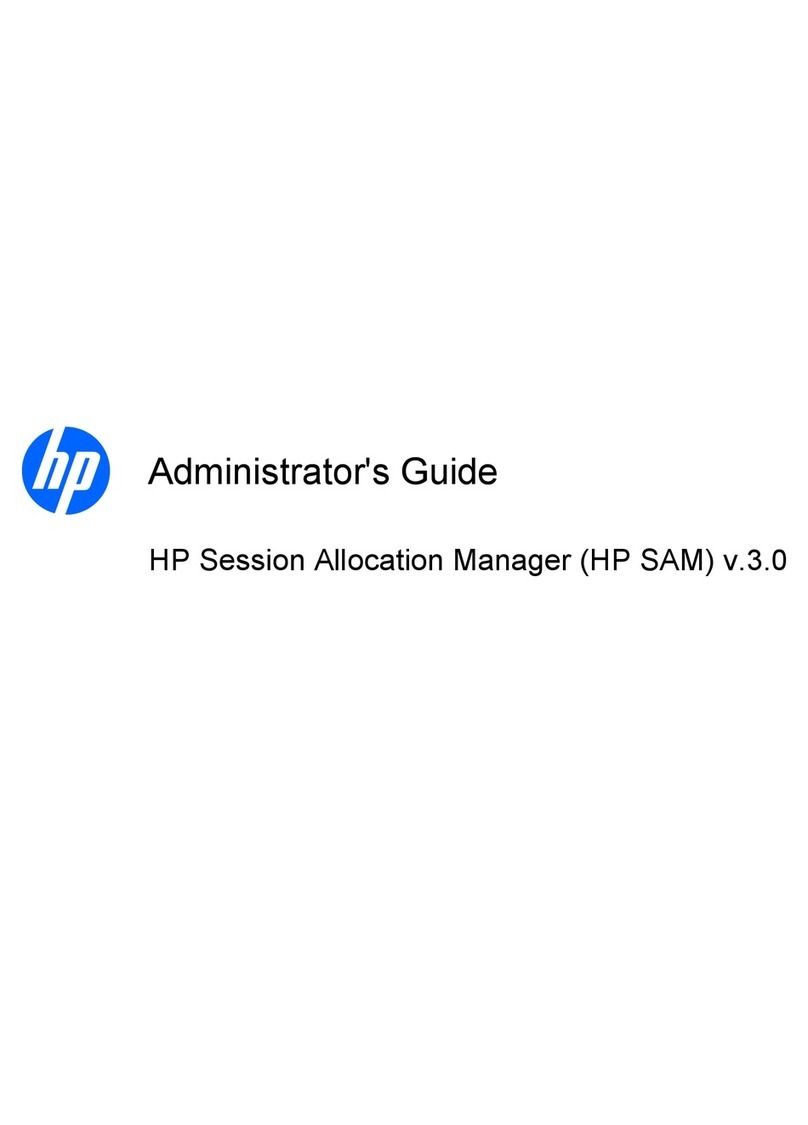
HP
HP BladeSystem bc2000 - Blade PC Service manual
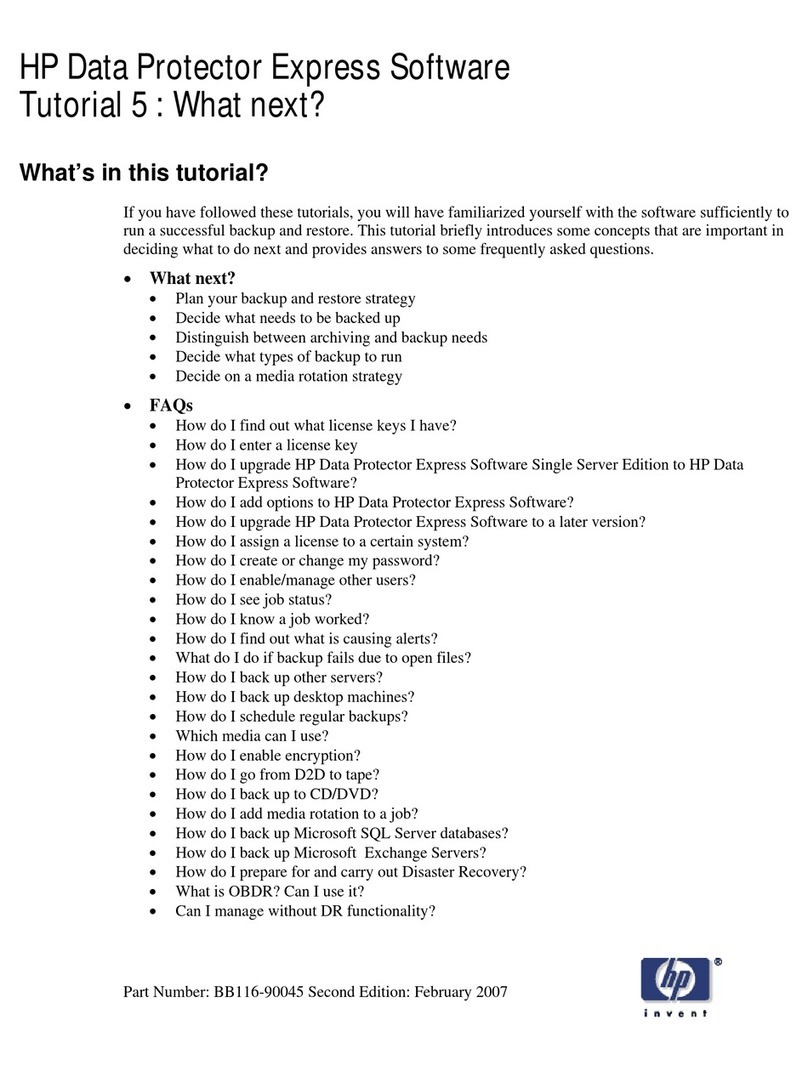
HP
HP BB118BV - StorageWorks Data Protector Express... Operation instructions

HP
HP nld User manual
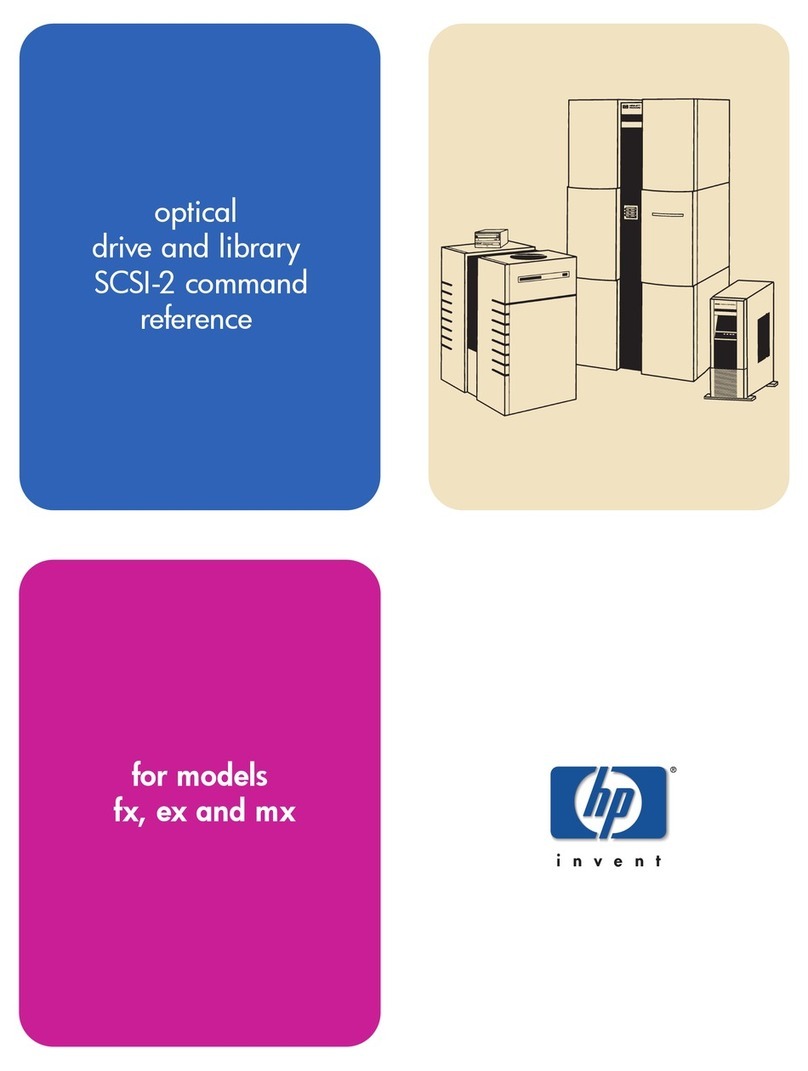
HP
HP SureStore Optical 2600fx Installation manual
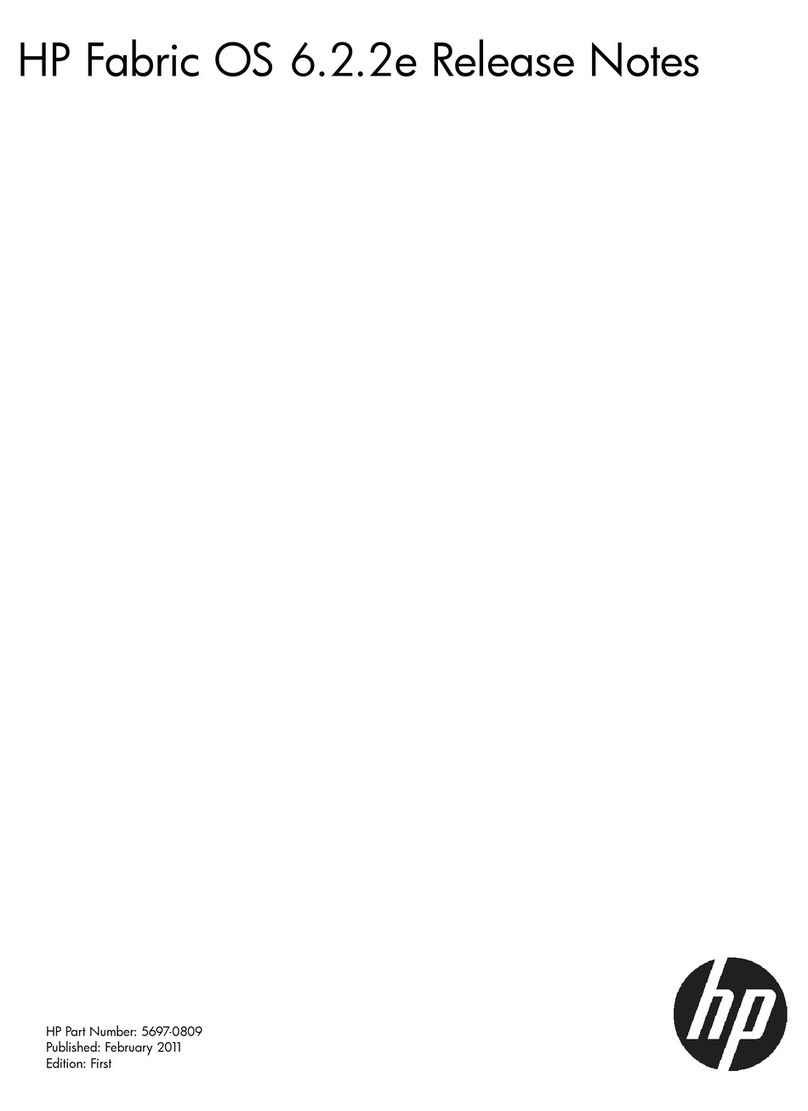
HP
HP Compaq Presario,Presario 4400 Instruction Manual
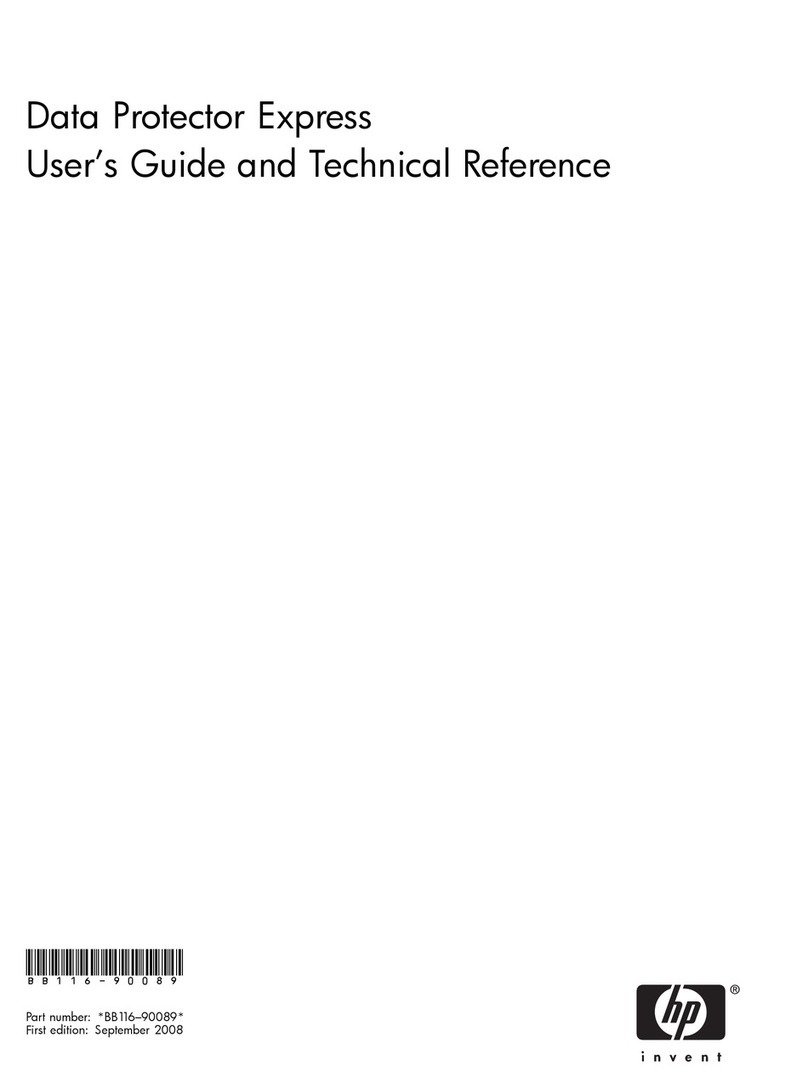
HP
HP BB118BV - StorageWorks Data Protector Express... Use and care manual
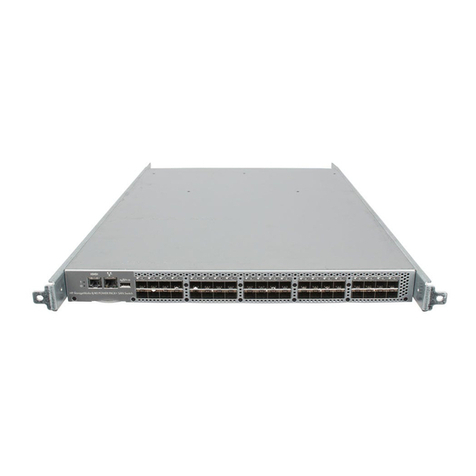
HP
HP AE370A - Brocade 4Gb SAN Switch 4/12 Service manual
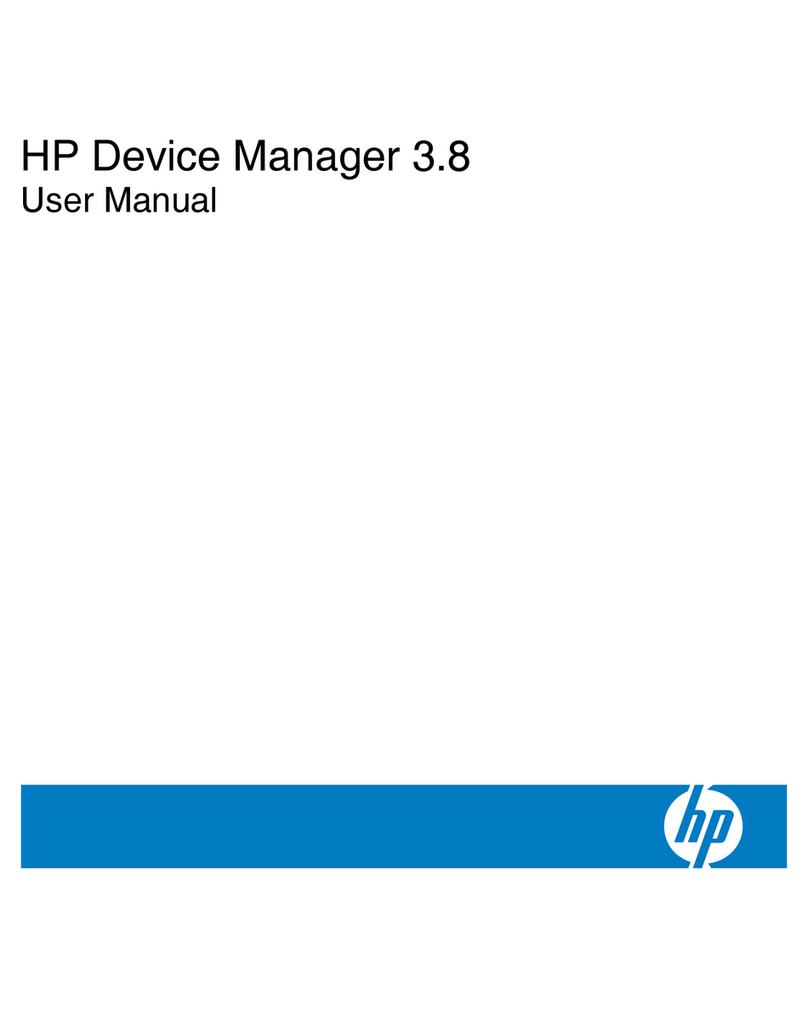
HP
HP Neoware c50 - Thin Client User manual
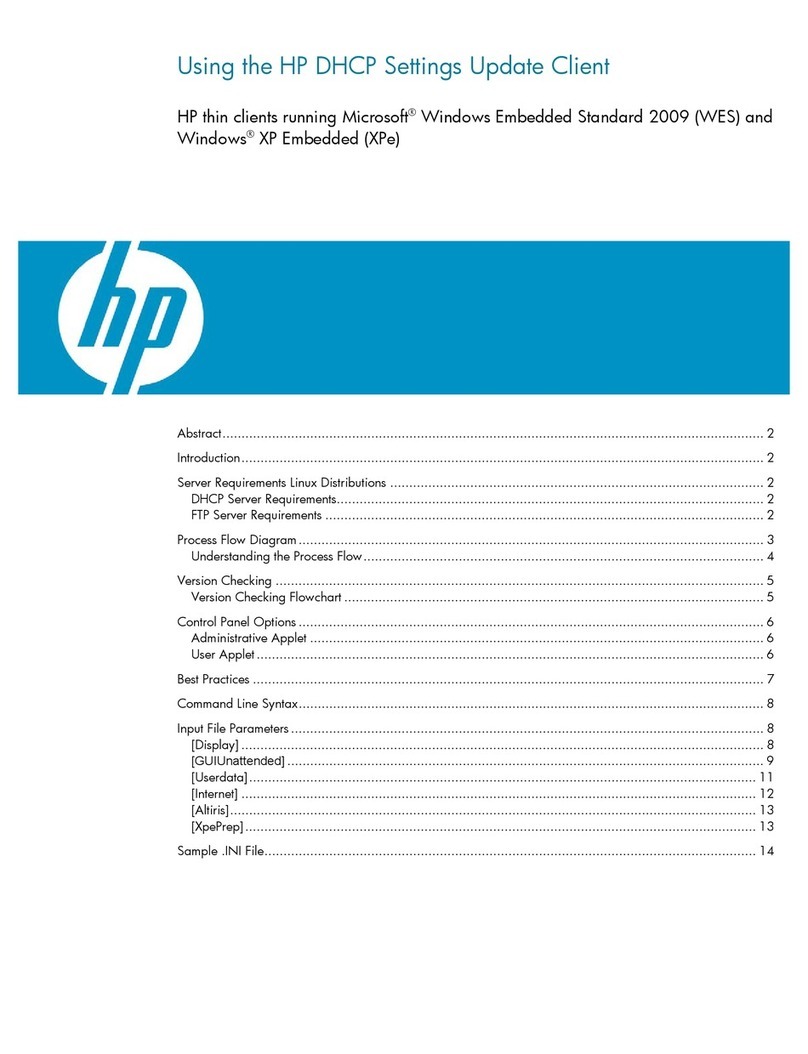
HP
HP t5630 - Thin Client Installation and operating instructions
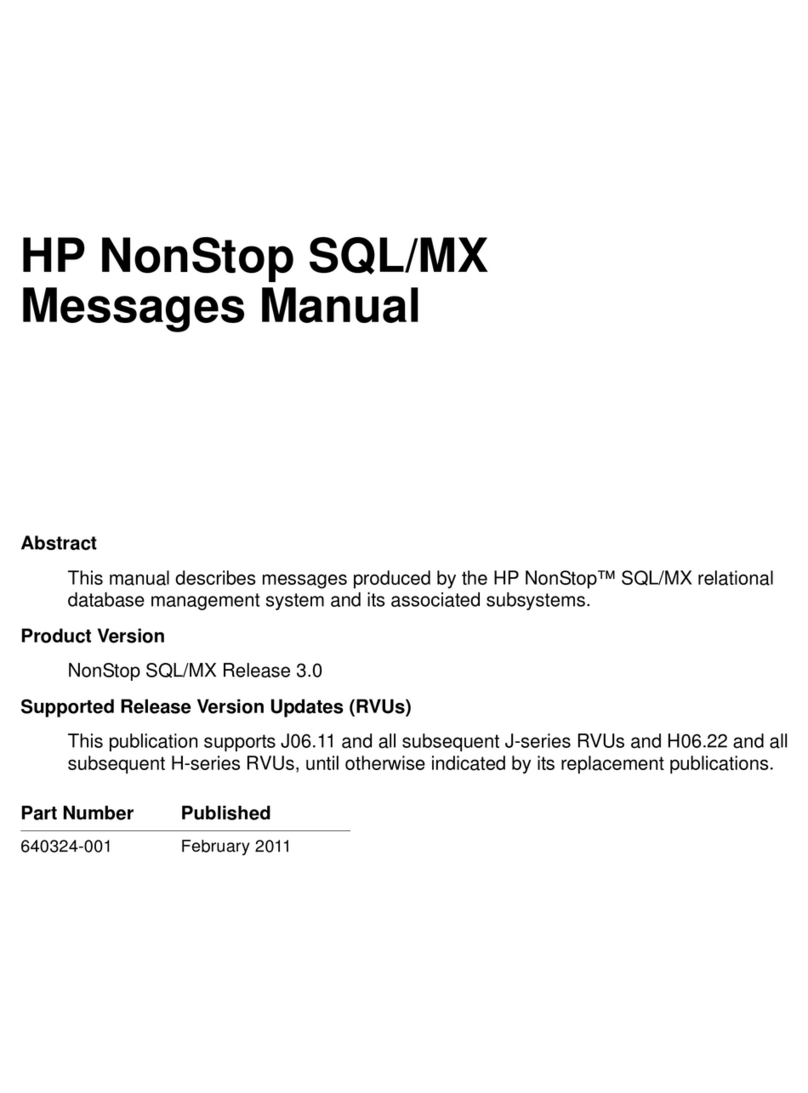
HP
HP NonStop SQL/MX User manual

HP
HP VS160 - StorageWorks DLT Tape Drive User manual

HP
HP C8000 - Workstation - 0 MB RAM Instruction Manual

HP
HP C7791C - DesignJet 130 Color Inkjet Printer Configuration guide

HP
HP AK373A - StorageWorks All-in-One Storage System 1200r 5.4TB SAS Model NAS... How to use

HP
HP Color LaserJet CP3505 Series Use and care manual
Popular Software manuals by other brands

Red Hat
Red Hat ENTERPRISE LINUX 4 - FOR X86-ITANIUM AND... installation guide
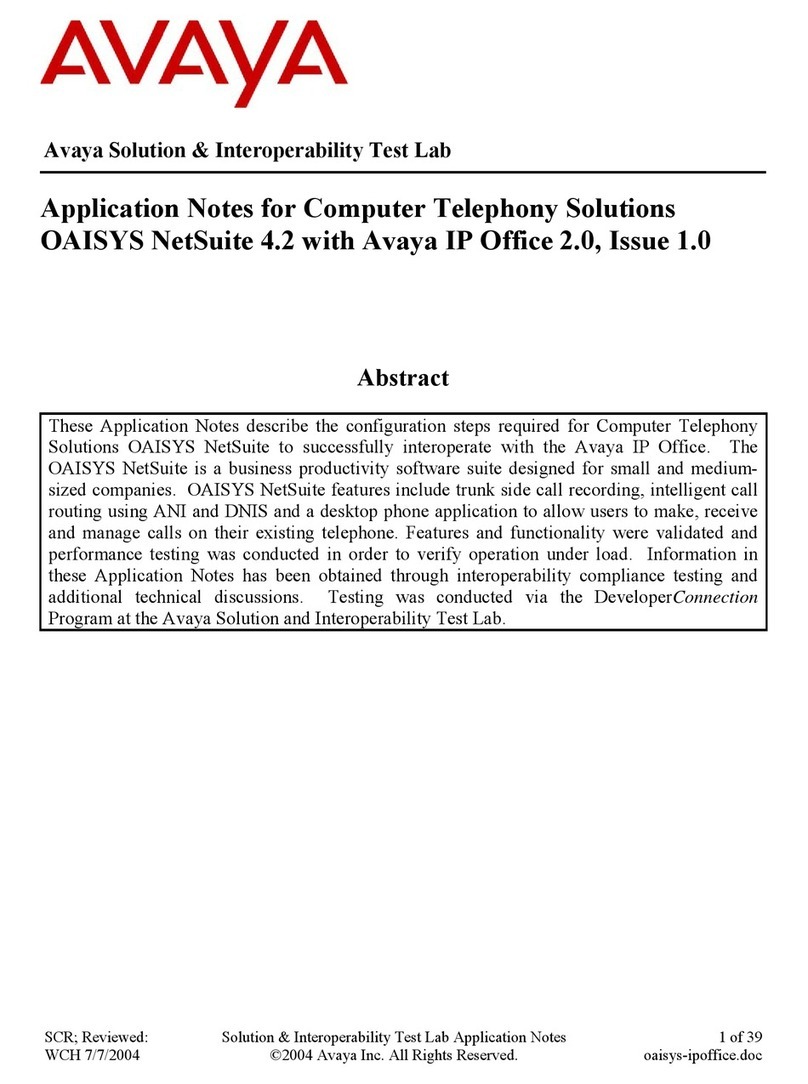
Avaya
Avaya OAISYS NetSuite 4.2 Application notes

Asante
Asante SmartBridge V1.0 user manual

Xerox
Xerox Wide Format 6204 installation guide

SAS
SAS Scalable Performance Data Server 4.5 Administrator's guide

Lucid
Lucid FM2A85X Extreme6 installation guide
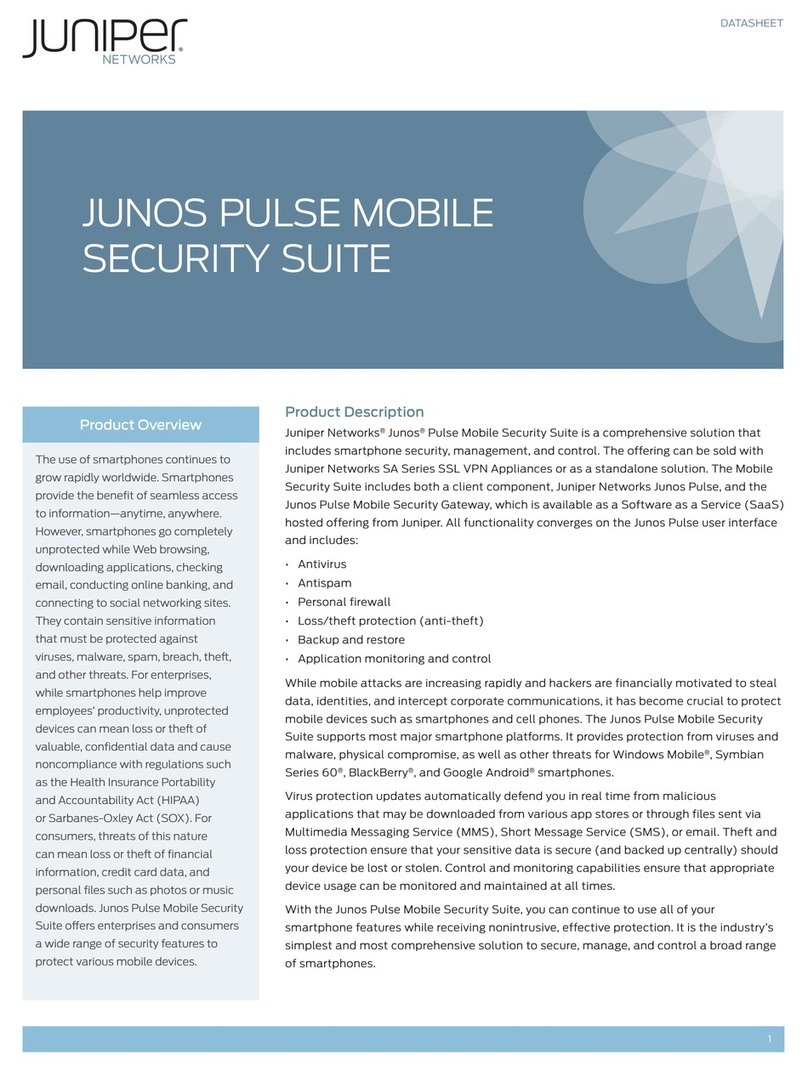
Juniper
Juniper JUNOS PUS MOBILE SECURITY SUITE datasheet
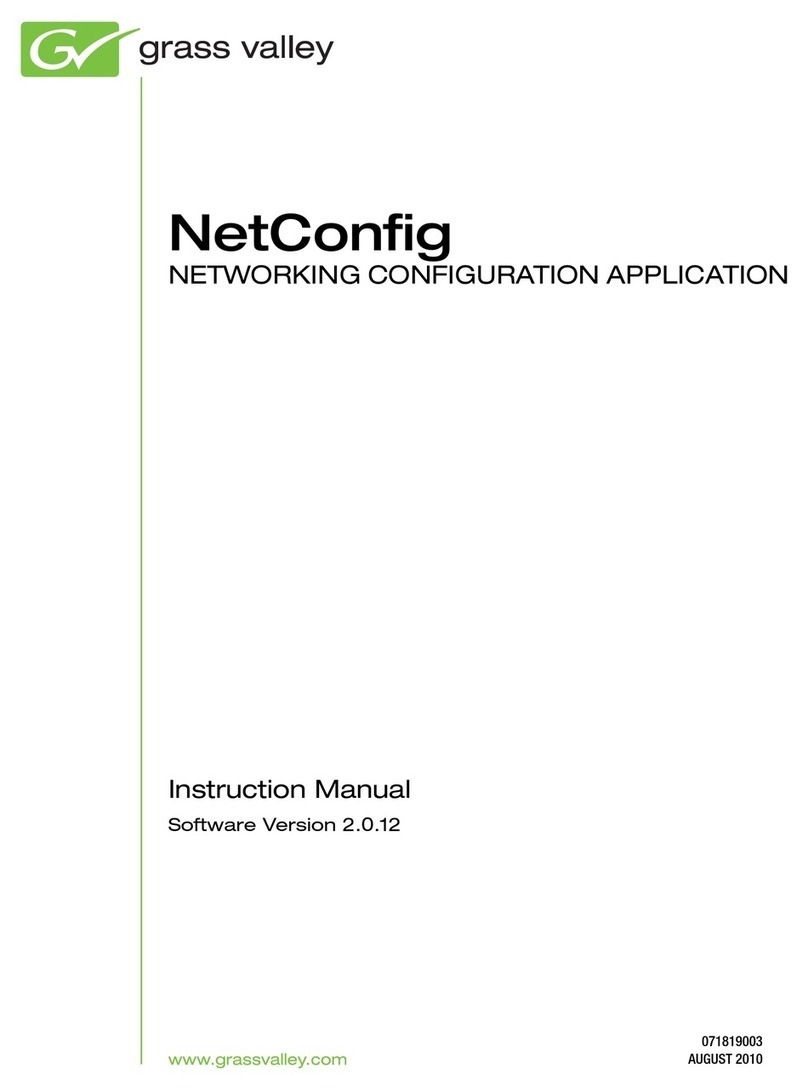
GRASS VALLEY
GRASS VALLEY NETCONFIG V2.0.12 instruction manual

Epson
Epson Stylus Pro 9880 ColorBurst Edition - Stylus Pro 9880... Getting started

COMPRO
COMPRO COMPROFM manual

Muratec
Muratec OFFICEBRIDGE ONLINE user guide

Oracle
Oracle Contact Center Anywhere 8.1 installation guide

Avaya
Avaya NULL One-X for RIM Blackberry user guide

PS Audio
PS Audio PowerPlay Programming manual

Brady
Brady LOCKOUT PRO 3.0 Administrator's guide

Avaya
Avaya Interaction Center user guide

Texas Instruments
Texas Instruments TI-83 Plus Silver Edition Guide book
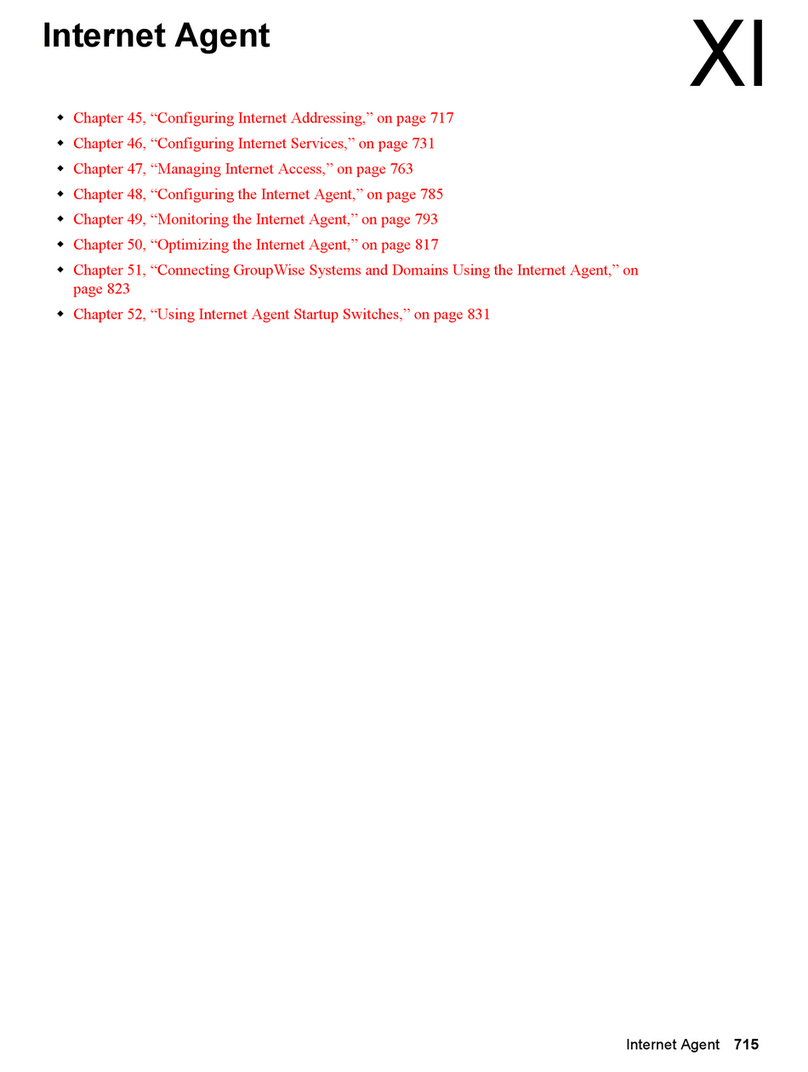
Novell
Novell GROUPWISE 8 - INTERNET AGENT manual

